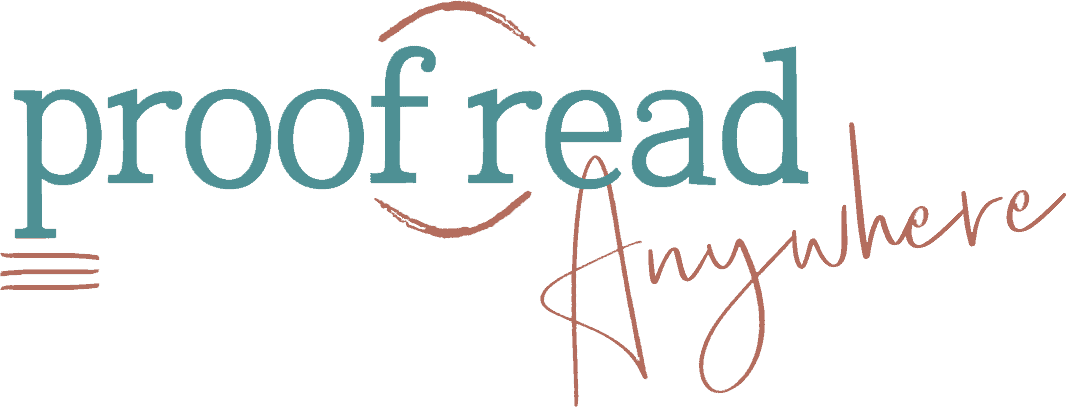At this stage, I’m pretty sure I’ve heard every single objection to quitting your job and being your own boss.
One that always sticks out in my mind is the fear of not having a pension.
I get it; the thought of not being able to provide for yourself when you’re retired is scary!
Luckily, there are low-cost retirement plan options for self-employed individuals available. And I’ve asked R.J. Weiss from The Ways to Wealth to come on the blog today and share these options with us.
Take it away, R.J.!
4 Low-Cost Retirement Plan Options for Self-Employed Individuals

There are many benefits to being self-employed. Unfortunately, a done-for-you 401(k) plan, where contributions are taken automatically from your paycheck and matched by an employer, isn’t one of them.
That’s the bad news.
The good news is that if you’re willing to navigate the slightly more complex choices of retirement plan options that exist for self-employed individuals, you can create a DIY retirement program that far outweighs what any employer can offer.
In this post, you’ll learn about four different retirement plan options available to the self-employed — some of which come with incredible tax advantages.
#1. Traditional or Roth IRA
Best For: Those who plan to save less than $6,000 for retirement over the course of the year.
Quick Summary: An individual retirement account — more commonly referred to as an IRA — allows individuals to save money either tax-free or tax-deferred.
For tax-free growth, you’ll want to make contributions to a type of IRA called a Roth IRA. With a Roth IRA, you’re contributing after-tax dollars into the account. Those funds, which you then invest, can grow and can be withdrawn tax-free during retirement. This is typically the best option for those who expect their tax rate to increase over time.
For tax-deferred growth, you’ll want to open a traditional IRA. This allows you to make pre-tax contributions that grow tax-deferred — in other words, you’ll pay taxes upon withdrawal. A traditional account is typically better for those who plan on being in a lower tax bracket at the time of withdrawal.
While IRAs are not exclusive to the self-employed, they’re a great starter option due to their low costs and low minimums.
Pros:
- Get tax-deferred or tax-free growth.
- Low-cost brokerages, like Betterment and SoFi, have no account minimums and limited fees.
Cons:
- The contribution limits for IRAs are on the lower side ($6,000 in 2020, or $7,00 if you’re over the age of 50).
#2. One-Participant 401(k)
Best For: Higher earning self-employed business owners, with no employees other than a spouse (independent contractors are OK).
Quick Summary: Officially called a one-participant 401(k) by the IRS, but commonly referred to as solo or individual 401(k), this type of account closely resembles an employer 401(k).
What’s great about a one-participant 401(k) is that you get to contribute as both the employee and the employer. That means there’s significant potential for tax savings.
In 2020, the total combined contributions (from both the employer and employee side) to a one-participant 401(k) cannot exceed $57,000 (or $63,000 for those over the age of 50).
These contribution limits are on an individual basis. Therefore, spouses who work together and have no employees can contribute over $100,000 combined each year.
Pros:
- Can consistently adjust your contributions based on cash flow.
- Simple filing requirements you can handle on your own.
- Low-cost brokerage options are available.
Cons:
- Not available if you have any employees.
#3. SEP IRA
Best For: High-earning business owners, or business owners with a small number of employees.
Quick Summary: In 2020, with a simplified employee pension (SEP) IRA, you can contribute up to the lesser of 25% of your total income or $57,000. If you have employees, it’s required that you contribute an equal percentage to their accounts.
For example, let’s say you make $100,000 a year and contribute 20% to your own SEP IRA. If you have an employee who makes $50,000 a year, you’ll have to contribute $10,000 to their account.
Pros:
- It’s not mandatory to make contributions to your account. That means you can contribute 0% in some years if needed, giving you a degree of flexibility with cash flow.
- Higher contribution limits than a one-participant 401(k) for high-income earners.
- Easy to start and administer.
Cons:
- You cannot contribute more than 25% of your income. As such, unless you’re earning a mid-six-figure income, the contribution limits of an SEP IRA will be lower than a one-participant 401(k).
- It’s mandatory that you match contributions to an employee account.
#4. Health Savings Accounts (HSAs)
Best For: Those with a high-deductible health plan.
Quick Summary: If you have a high-deductible health plan (HDHP), you can and probably should be contributing to a health savings account (HSA). The first and most common use of an HSA is to pay for medical expenses.
With an HSA, you contribute pre-tax dollars. These contributions accumulate tax-free, and you can withdraw the money tax-free to pay for medical expenses in the current year.
However, it’s not required that you use the money you’ve saved for medical expenses. As such, many people use an HSA as an additional way to save for retirement.
At the age of 65, you can withdraw the money you’ve saved tax-free. So, there’s actually a triple tax advantage: you’re getting a tax break today, your savings grow tax-free, and you can withdraw the money tax-free in retirement.
Pros:
- Can use as a vehicle to both save for retirement or save today on medical expenses.
- Triple tax advantage.
Cons:
- You’re required to have a qualifying high-deductible health plan.
Final Thoughts
Working for someone else can have certain advantages. The free money you get with an employer match is certainly one of them — as is the fact that your contribution is withdrawn from your paycheck automatically.
Ultimately, it’s making contribution after contribution, compounded over multiple years, that’s going to help you build significant wealth in your lifetime.
As such, it’s important not to wait for the money to be left in your account. Instead, apply the same basic principle of “paying yourself first” that’s helped many people before you reach their financial goals.
Ideally, set aside a certain percentage of your income and contribute that amount month after month to the retirement account of your choosing. Even if you can only contribute 5% as of today, the earlier you begin to let compound interest work for you the better off you’ll be.
Tip: One book that has helped me and many others better manage cash flow is Profit First by Mike Michalowicz. If you ever struggle with how much to pay yourself, I can’t recommend it enough.
Our Take
I love that book! Thanks for the recommendation and for all the retirement plan options you’ve shared with us today, R.J.! You’ve taken the mystery and overwhelm out of the equation and shown us that we don’t have to fear retirement.
Your Turn
Not self-employed yet? Let me help you get started! Check out our FREE proofreading course to learn more about becoming a freelance proofreader!

R.J. Weiss is the founder and editor of The Ways To Wealth, a Certified Financial Planner, husband, and father of three. He’s spent the last 10+ years writing about personal finance and has been featured in Forbes, Bloomberg, MSN Money, and other publications.
